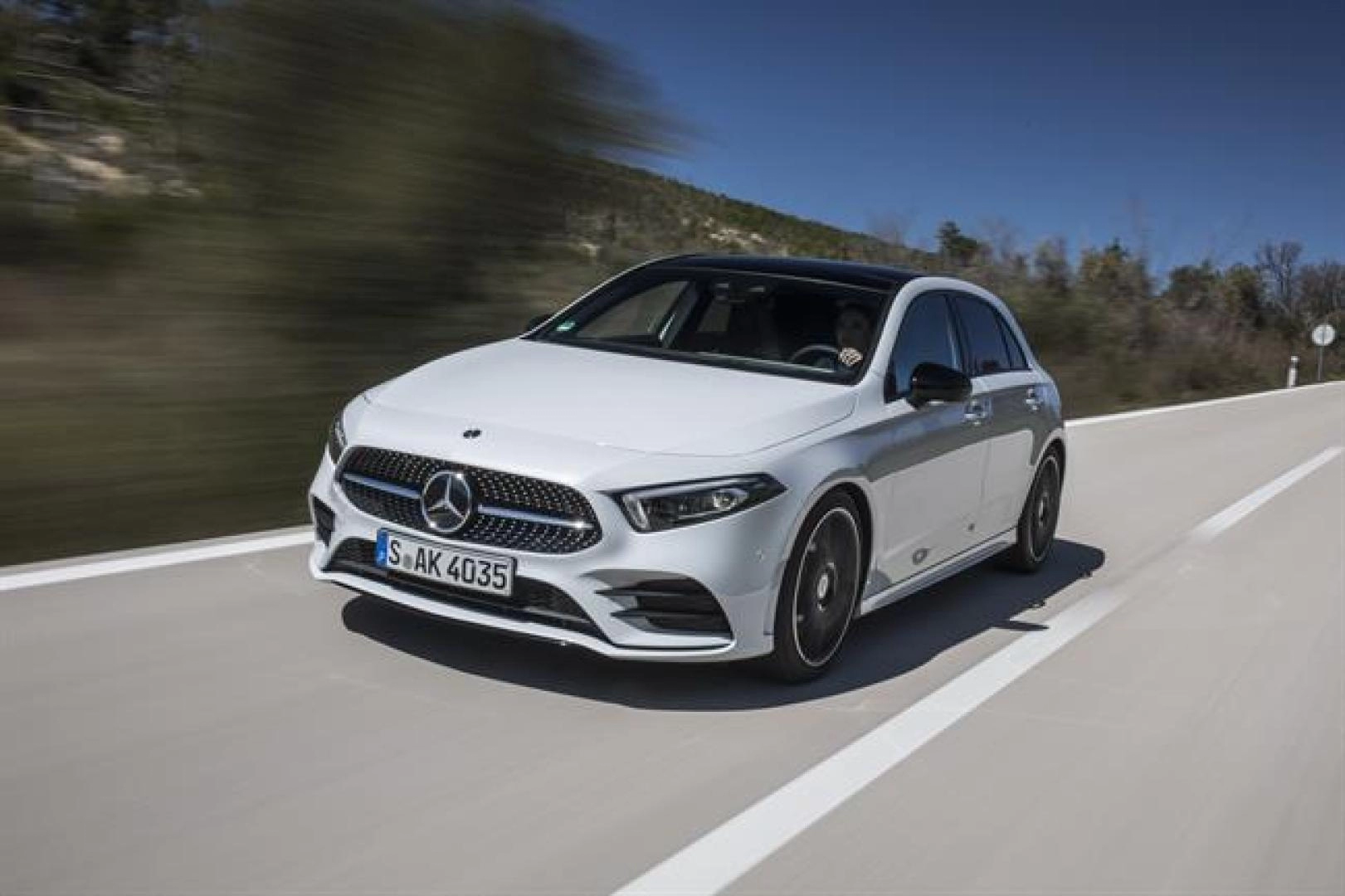Mercedes-Benz invests nearly 3,000 million in new diesel engines with lower emissions

Mercedes-Benz invests nearly 3,000 million in new diesel engines with lower emissions
The new diesel engines of the Mercedes-Benz automobile company have average emissions of nitrogen oxide (NOx) of between 40 and 60 milligrams per kilometer, representing between 23% and 35% of the 168 milligrams allowed by the new Real measurement protocol of the European Union (EU), as reported by the firm, which has invested nearly 3,000 million euros in its new diesel propellers.
The new diesel engines of the firm incorporate an exhaust gas treatment system located in a position close to the engine, as well as a multiple system of recirculation of exhaust gases. All this "ensures" that the average emissions of nitrogen oxide (NOx) in real conditions are "significantly" lower than those marked by the current legal limits.
Following the launch of the new generation of diesel engines in the E-Class, with the OM 654 four-cylinder engine, and the S-Class, equipped with a six-cylinder OM 656 engine, the OM 608 four-cylinder engine has arrived in May. Class A 180 d. In this way, new engines are available "from the compact to the most exclusive ranges of the brand".
As the company points out, the OM 654 four-cylinder diesel engine was introduced in the Mercedes-Benz E-Class in April 2016. Since then, the firm has adapted its product range to the new generation of engines, for which it has Invested nearly 3,000 million euros in research and production.
"The new generation of Mercedes-Benz engines has already demonstrated two years ago how to technically solve the NOx challenge in diesel cars, and we are fully committed to modern diesel engines as part of the combination of engines for the future", he said. underlined the head of Group Research and Development of Mercedes-Benz, Ola Källenius.
For its part, the firm has ensured that in September of this year, a year before it is mandatory for all vehicles, more than 30 of the models that are currently available and more than 200 variants will be updated to the Euro standard. 6d TEMP of the European Union.
"Our goal is to reach average NOx emissions of around 30 milligrams per kilometer in the tests of Stage 2 of real driving by 2020. And we are determined to reach averages close to 20 milligrams in the following years," said Källenius. .
